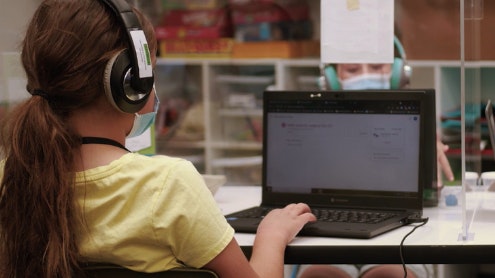Homepage
•
Learning Library
•
Blog
•
Promoting Equity in Learning During the Pandemic
Expand breadcrumbs
Expand breadcrumbs
- Learning Library
- Blog
- Promoting Equity in Learning During the Pandemic
- Homepage
- •
- Learning Library
- •
- Blog
- •
- Promoting Equity in Learning During the Pandemic
Promoting Equity in Learning During the Pandemic
By Jason Cockrum
November 16, 2021








